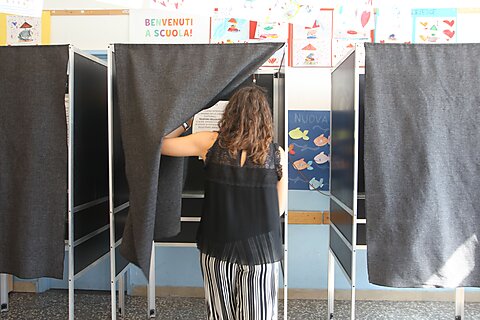Today is Earth Day, an important moment to reflect on our broader responsibilities to the world. How are we really treating the planet and each other?
Very well, thank you.
At least relative to every other period in history and compared to less free societies. I make this case in a new Cato video based on my book The Capitalist Manifesto.
Despite all the horrors of the world, this is the era in history when we have been most successful in increasing human opportunity. In the past 20 years, global extreme poverty was reduced by more than 130,000 people every day and annual child mortality was reduced by more than four million lives. At the same time, we have solved many environmental problems and the richest and freest countries are also reducing their CO2 emission.
Free market capitalism creates growth and innovation because it allows everyone to look for the places where the potential for it might be hiding. And since it relies on the vantage points and creativity of millions instead of a few people at the top, it is our best chance to find ways of adapting to and innovating our way out of unexpected crises, whether it is a pandemic, a war‐induced shortage or an environmental threat. As I explain in the video, this is why government intervention has such a long and disappointing track record.
So take this day to reflect on the achievements of this remarkable system of limited government and free markets—the best system on earth.









